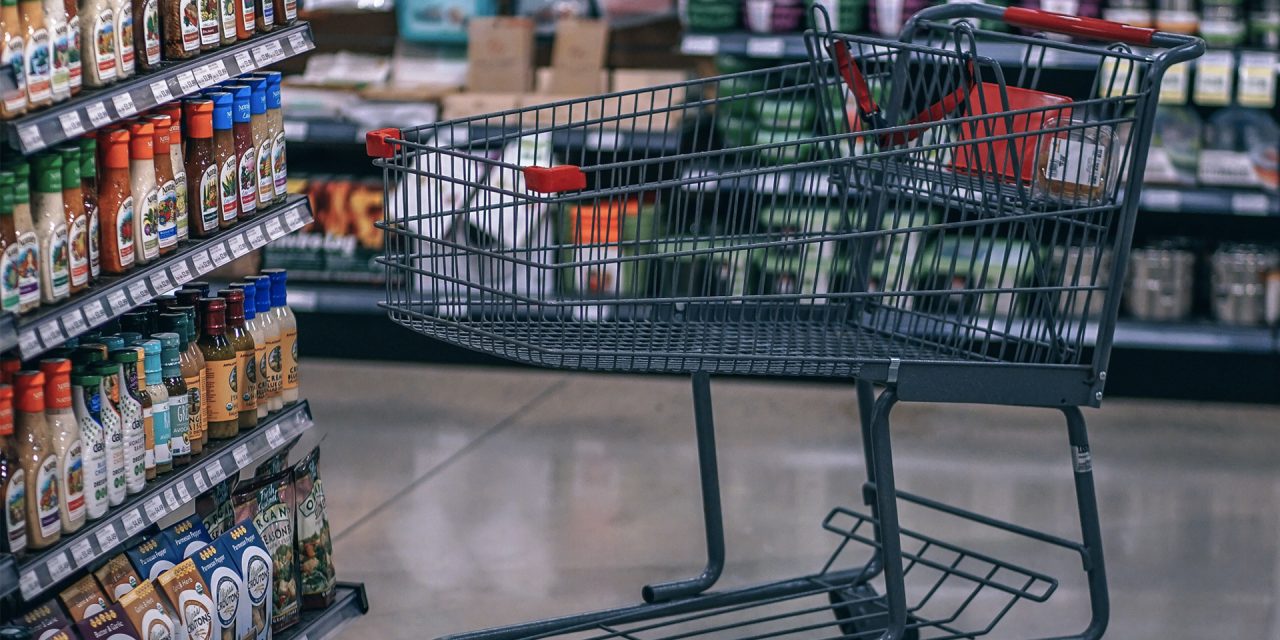Back in March, when the first round of flooding occurred in Nebraska, Iowa, and Northwest Missouri, a reporter asked me if consumers would see an increase in food prices. I replied that while the situation was a tragedy for the local area and a huge inconvenience and expense because of the loss of highways and railroads, the flood would have little effect in grocery stores.
But if someone asked me the same question today, I’d change that answer. This slow-motion disaster, this flood that grows but never subsides, this deluge that has spread far beyond its origins and inundated all of the Missouri River floodplain, much of the farm ground on the Mississippi above St. Louis, and every tributary in the Missouri and Mississippi basin, is going to affect everyone in some manner or another.
The results of the latest Department of Agriculture spring planting survey have just been announced and to say they’re disturbing would be an understatement – farmers have planted barely over half of the expected corn acres across the United States. And it’s too late to plant corn and expect normal yields.
Not only that, but we planted almost nothing last week as successive storms pounded the Midwest, adding to the flooding woes, damaging crops that have been planted, and bringing back memories of the terrible flood of 1993.
Commodity prices are increasing as the markets try to ration supply and encourage farmers to plant. Most farmers have crop insurance, including a provision that pays for prevented planting. The payment is just a portion of what farmers would earn from a normal crop, but that horse has left the barn. The markets are increasing the returns to planting, encouraging continued planting even though yields will be low. If we ever dry out, farmers will have to sharpen their pencils as they decide whether or not to plant.
The decision has been made more difficult by the responses of the federal government. Congress has promised a disaster bill but so far failed to deliver. Even if it passes, as is expected, nobody really knows exactly how it will be implemented, as many critical decisions are left up to the Secretary of Agriculture. The Administration has announced a trade mitigation package, but without releasing expected payment levels. While the taxpayer’s generosity to farmers is appreciated by everyone suffering from delayed planting and flood waters, we farmers are going to need more facts in order to make good decisions when the fields finally dry out.
The Flood of 2019 has cost homes, lives, farms and businesses. People are exhausted from months of fighting high waters. Consumers should anticipate higher prices for food and farmers will be dealing with financial pressures and emotional stress for months to come. While the aims of our elected officials are undoubtedly the best, those of us in the midst of this disaster need information, decisions and policies… not just good intentions.


